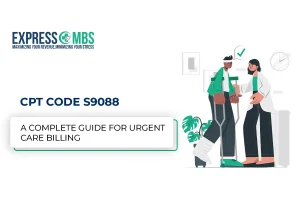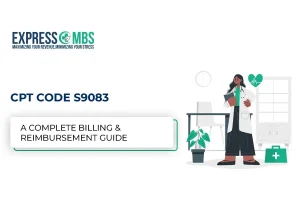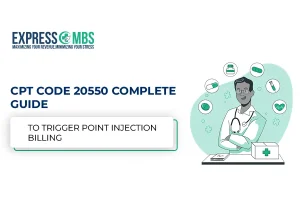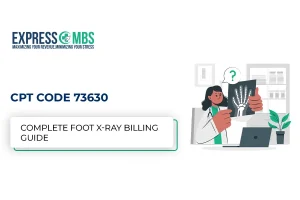
Prospective Payment System (PPS) – How Medicare Pays Hospitals Efficiently
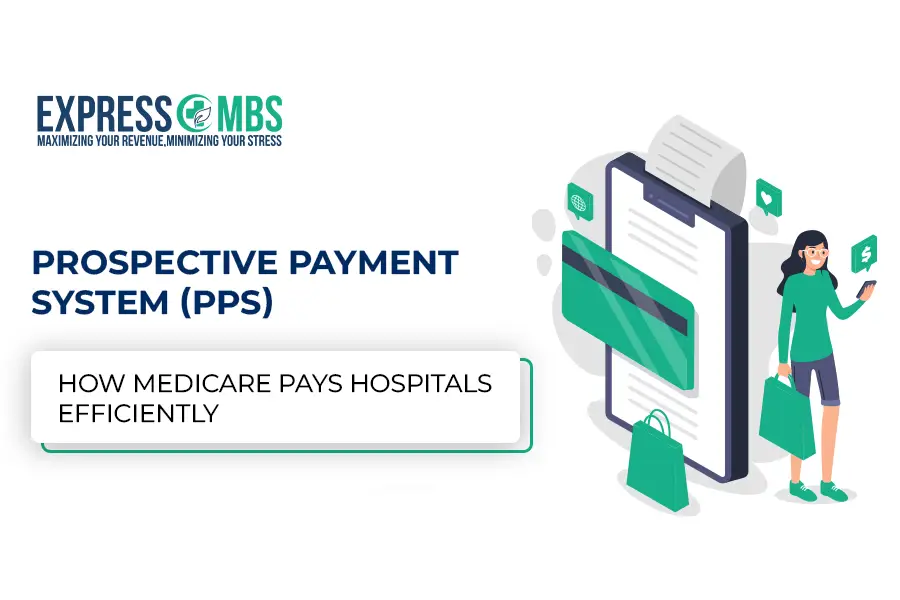
- PPS systematizes payments using predetermined rates.
- Promotes efficiency and accountability in healthcare reimbursement.
- Includes systems like IPPS, OPPS, HH PPS, and SNF PPS.
- Supports the shift from volume-based to value-based care.
- Correct coding and documentation are important for compliance and revenue integrity.
What is a Prospective Payment System (PPS)?
A Prospective Payment System (PPS) is a Medicare reimbursement model where healthcare providers receive a predetermined, fixed payment for each service or patient case. Every procedure individually (as in the traditional fee-for-service model), PPS payments are based on diagnosis-related groups (DRGs) or other classifications that reflect the type and strength of care provided.
This system encourages cost-efficiency, predictable reimbursement, and standardized care delivery, production it a cornerstone of Medicare’s payment reforms.
How Does the Prospective Payment System Work?
Under PPS, the Centers for Medicare & Medicaid Services (CMS) set payment rates in advance. These rates are based on:
- Diagnosis or treatment type (such as MS-DRGs for inpatient care).
- Geographic factors wages, hospital location, and cost of living.
- Patient relentlessness case difficulty and comorbidities.
Once these are defined, the hospital receives a single, fixed payment for the patient’s complete incident of care, of the actual cost incurred.
Key Goals of PPS
- Control increasing healthcare costs
- Improve efficiency and care coordination
- Reduce unnecessary tests and hospital stays
- Promote value-based, patient-centered care
- Simplify billing and reimbursement for providers
Major Types of Medicare Prospective Payment Systems
- Inpatient Prospective Payment System (IPPS)
Used for hospital inpatient stays. Payments are based on MS-DRGs (Medicare Severity Diagnosis-Related Groups) that replicate patient conditions and treatment complexity.
- Outpatient Prospective Payment System (OPPS)
Used for hospital outpatient services, such as same-day surgeries, lab tests, or diagnostic imaging.
Payments are grouped under Ambulatory Payment Classifications (APCs).
- Home Health Prospective Payment System (HH PPS)
Applies to home health agencies providing skilled nursing or therapy care. Payment is based on patient care needs and home health episodes rather than per-visit rates.
- Inpatient Rehabilitation Facility PPS (IRF PPS)
Used for recovery hospitals. Patients are categorized under Case Mix Groups (CMGs) depend on clinical physical characteristics and expected resource use.
- Long-Term Care Hospital PPS (LTCH PPS)
Covers patients with hospital stays longer than 25 days, such as chronic care or ventilator-dependent cases. Payments are tied to DRG-based classifications adjusted for severity.
- Skilled Nursing Facility PPS (SNF PPS)
Payments are based on Resource Utilization Groups (RUGs) or Patient-Driven Payment Models (PDPM) that account for clinical condition and therapy needs.
- Hospice PPS
Covers patients receiving end-of-life care, with per-diem rates depending on the care level — routine home care, inpatient respite, or general inpatient care.
PPS vs Fee-for-Service (FFS)
Feature | Prospective Payment System (PPS) | Fee-for-Service (FFS) |
Payment Type | Fixed, predetermined | Based on number of services |
Cost Control | Encourages efficiency | Encourages overutilization |
Predictability | High | Low |
Focus | Value & outcomes | Volume of care |
Risk to Provider | Higher (fixed payment) | Lower (paid per service) |
Pros and Cons of the Prospective Payment System
Pros:
- Supports efficient resource use
- Reduces unnecessary procedures
- Improves transparency in reimbursement
- Supports quality over quantity
Cons:
- May underpay for complex cases
- Can pressure hospitals to shorten stays
- Requires accurate coding and documentation
Example of PPS in Practice
If a hospital admits a patient with heart failure under MS-DRG 291 (Heart Failure & Shock), Medicare pays a predetermined rate, regardless of how long the patient stays or how many tests are done.
If the hospital manages care efficiently, it retains savings — but if costs exceed payment, it absorbs the loss.
Key Terms
- PPS Rate: The fixed payment amount determined for each service group.
- PPS Coordinator: A hospital staff member managing compliance and reimbursement under PPS guidelines.
- DRG (Diagnosis-Related Group): The classification system that determines payment under PPS.
PPS and Value-Based Care
The Prospective Payment System aligns closely with value-based care models, rewarding hospitals for quality outcomes instead of the volume of services.
This shift helps create a more supportable healthcare system focused on prevention, patient satisfaction, and long-term outcomes.
Final Thoughts
The Prospective Payment System (PPS) represents a cornerstone in how Medicare and Medicaid reimburse healthcare providers today. By offering predefined, fixed payments based on diagnosis-related classifications rather than actual service costs, PPS encourages efficiency, cost control, and quality outcomes across the healthcare continuum.
Partner with Express Medical Billing to simplify Prospective Payment System (PPS) reimbursements, enhance accuracy, and minimize claim denials. Our expert billing solutions help healthcare providers navigate complex Medicare PPS models, ensuring faster payments, compliance, and optimized revenue outcomes.
Frequently Asked Questions (FAQs)
A prospective payment system reimburses providers with a fixed rate set before services are delivered, based on diagnosis or treatment category.
The Inpatient Prospective Payment System (IPPS) is a Medicare program that pays hospitals a predetermined amount for inpatient services under MS-DRGs.
IPPS applies to inpatient stays; OPPS covers outpatient hospital services such as diagnostic tests or minor surgeries.
PPS pays based on diagnosis and efficiency, while fee-for-service pays per procedure, encouraging higher volume but not necessarily better care.
The Centers for Medicare & Medicaid Services (CMS) established PPS in the early 1980s to control hospital costs and improve reimbursement predictability.
A PPS Coordinator ensures accurate DRG assignment, monitors compliance, and helps maximize hospital reimbursement under Medicare PPS.
It encourages cost efficiency, predictable payments, and improved quality of care across healthcare facilities.

